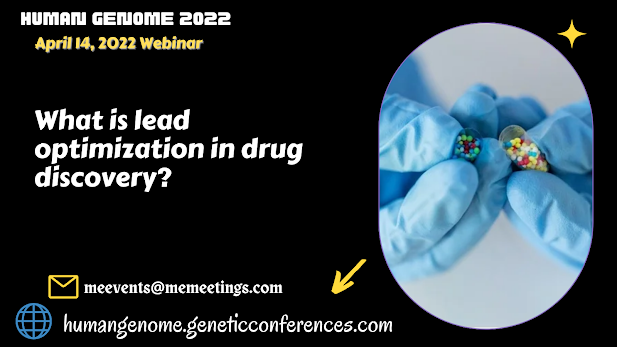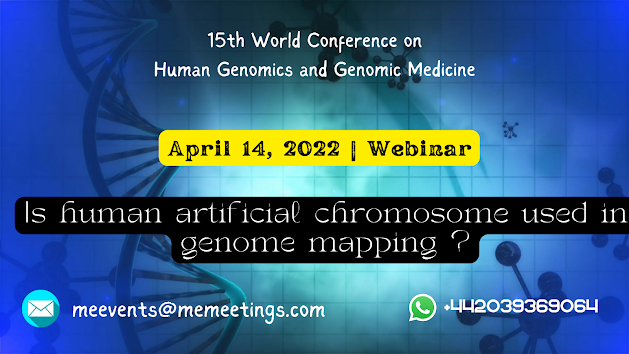How many genes do humans have?

The relevance of the human gene list could be emphasized. It is used in thousands of investigations, including efforts to find the genetic basis of cancer, complex illnesses like schizophrenia and dementia, Mendelian disorders, and many more. "What genes are affected?" is frequently the first inquiry addressed after getting DNA sequencing data for a sick patient. This definition encompasses both noncoding RNA genes and protein-coding genes, as well as all alternative splice variants at a single locus, classifying them as gene variations. Its objective is to remove pseudogenes, which are non-functional leftovers of real genes. However, this definition begs the question of what is meant by functional, and a complete definition of the term gene would most likely take several pages to define. There is a piece of the puzzle piece that divides human from animal and man from man. Our genes are roadmaps and instructional manuals made up of DNA inherited from our ...





